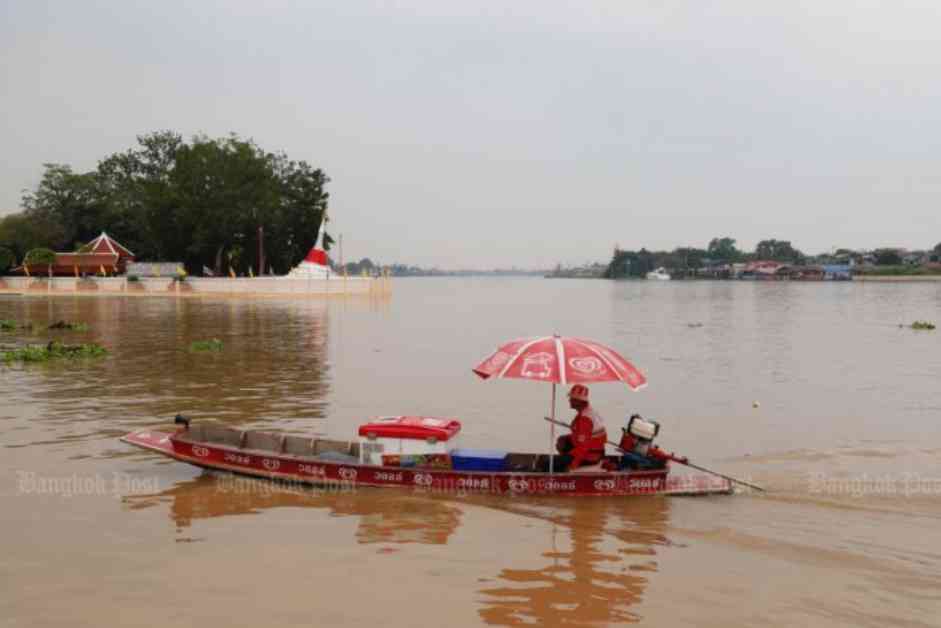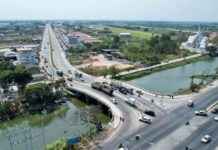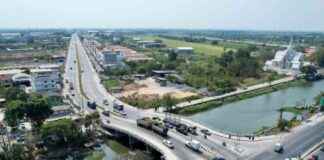The Royal Irrigation Department (RID) recently reported that the Chao Phraya Dam has decreased the water discharge downstream, which is good news for provinces along the river, including Greater Bangkok. The dam released 2,000 cubic metres per second around noon, a reduction of 47 cubic metres per second from the morning.
This decrease in water discharge is expected to help lower water levels in provinces such as Sing Buri, Ang Thong, and Ayutthaya as the dam strategically holds back water to minimize impacts on downstream areas. The alert level for the river at the dam in Sapphaya district of Chai Nat is currently set at 2,730 cubic metres per second.
In light of potential flood alerts in the capital and surrounding regions, the Bangkok Metropolitan Administration (BMA) is actively monitoring the flow of the Chao Phraya River. The rising river levels may coincide with high tides from the Gulf of Thailand and additional rainfall upstream. However, water levels at monitoring stations in districts like Bang Khen, Phra Nakhon, and Bang Na remain below flood barriers.
RID official Chavalit Chalorm provided reassurance to residents of Bangkok and nearby areas by stating that the water flow recorded at the monitoring station in Bang Sai district, Ayutthaya, was only 1,850 cubic metres per second, which is half of the Chao Phraya’s full capacity. He emphasized that there is no imminent flooding threat to these regions, and residents can feel confident about their safety.
Overall, the optimized water discharge at the Chao Phraya Dam and the ongoing monitoring efforts by relevant authorities indicate a proactive approach to flood prevention and management. By keeping a close eye on water levels, adjusting discharges accordingly, and providing timely updates to residents, the authorities aim to ensure the safety and well-being of communities along the river and in Greater Bangkok.




















